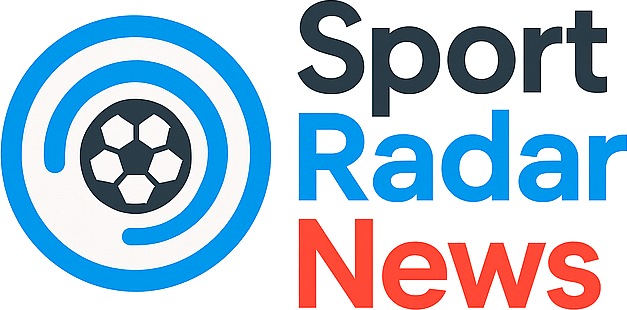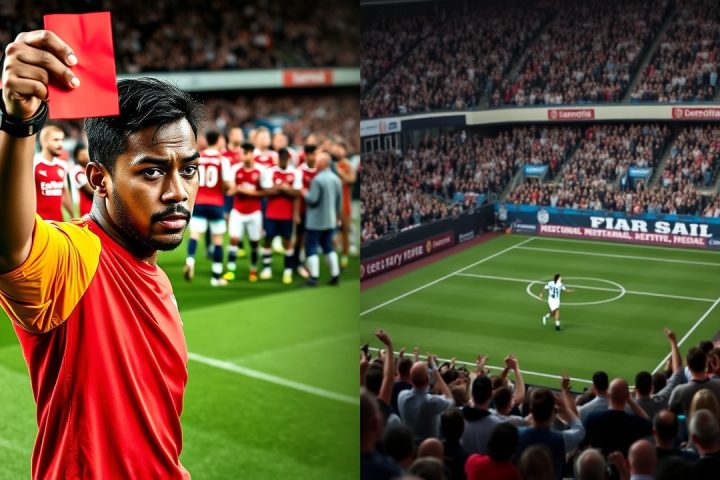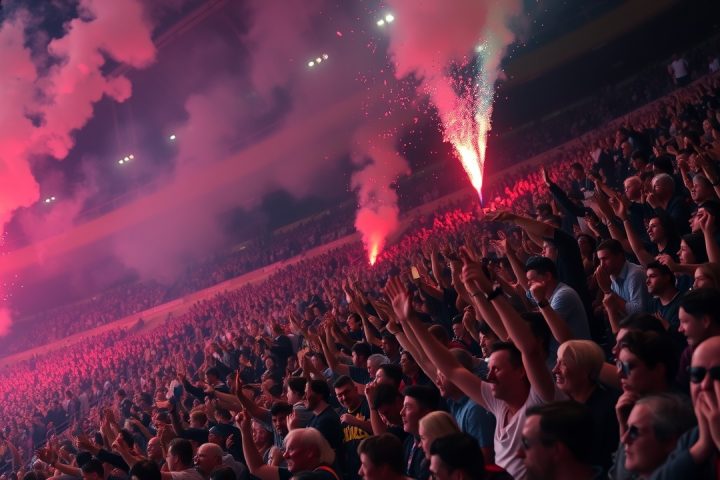Evaluating Football Transfers
When assessing the success of football transfers, it’s important to remember that not every significant signing shines immediately. A prime example is Andy Robertson, who joined Liverpool from Hull City at the start of the 2017-18 season. In his first months with the club, he was relegated to the bench, while Alberto Moreno took the lead on the left flank. Fast forward a year, and both Robertson and Fabinho, who was also initially sidelined after his early summer signing, found themselves crucial in Liverpool’s Champions League win over Tottenham in 2019. Subsequently, they played vital roles in Liverpool’s Premier League triumph the following season.
Challenges in Player Adaptation
Conversely, Manchester City faced struggles when trying to find a suitable successor for Fernandinho. While they brought in Rodri from Atlético Madrid, he seemed unable to adapt immediately to their more aggressive playing style compared to Atlético’s defensive approach. However, over the years, Rodri has grown into a key player, earning accolades including the Ballon d’Or and contributing to multiple Premier League titles.
This highlights the importance of patience when evaluating new transfers. If one were to judge based solely on a player’s early performances in the league, they might overlook some of the best players to grace the Premier League, including a possible future legend in Rodri.
Analyzing Recent Transfers
As we analyze the transfers from this most recent summer, it’s crucial to adjust our expectations—not to disregard the beginning of the season, but to apply a thoughtful lens to the early performances that may not always reflect long-term potential. Here’s a breakdown of notable transfers based on their initial impact, featuring players priced at €40 million or above:
- Player: Right Winger, Age 23, Market Value: €40M
Arsenal’s acquisition was originally highly regarded; he provided essential backup for Bukayo Saka and had a promising start before injury. Expectation: Upgrade. - Player: Center Forward, Age 22, Market Value: €40M
Limited time on the pitch due to injury with no expectations for adjustment. - Player: Goalkeeper, Age 26, Market Value: €40M
Showed solid shot-stopping but needs more time with ball distribution. Expectation: None. - Player: Right Winger, Age 24, Market Value: €45M
Impressively increased goal contributions early in the season. Expectation: Upgrade. - Player: Left Back, Age 21, Market Value: €45M
Facing challenges adapting to a new tactical requirement at Liverpool. Expectation: Downgrade. - Player: Center Forward, Age 25, Market Value: €50M
Fluctuating effectiveness, struggling for a starting position at Juventus. Expectation: None. - Player: Right Back, Age 24, Market Value: €50M
His role is uncertain, and currently, he’s not demonstrating consistent performances. Expectation: Downgrade. - Player: Center Forward, Age 27, Market Value: €75M
Although his work rate is commendable, he has yet to translate that into meaningful contributions on the scoreboard. Expectation: Downgrade. - Player: Attacking Midfielder, Age 22, Market Value: €140M
The return on investment has yet to show, as he has not scored or provided assists in his first six matches. Expectation: Downgrade.
Conclusion
In conclusion, while initial impressions can be pivotal, they do not define a player’s potential trajectory. Instead, patience and ongoing assessment are crucial as players integrate into their new squads, proving that early critiques can be deceptive.




